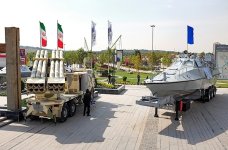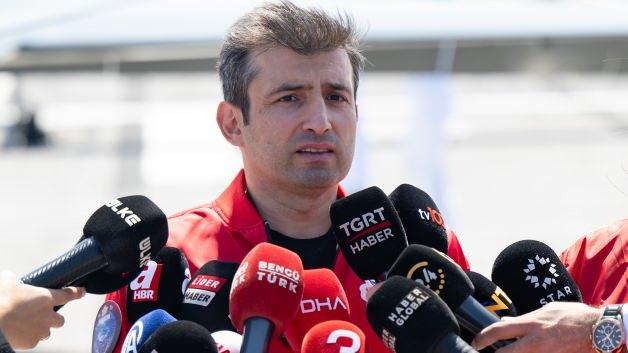No...Hisar RF's diameter 234mm and length 4.5m.@UkroTurk ,
Kinematics of both missiles are different.
ESSM is optimised for defending sea platforms against all threats in mid range. As per @Anmdt has pointed out it is a very very good “point defence” missile.
ESSM uses a dual thrust engine. It has dual fuel in its tank. quick burning one burns quickly to bring the missile to a high speed in a short time. Then the slow burning fuel sustains the speed as long as possible. But in the long run its high speed declines.
Hisar-D is also a mid range missile. As the “D” in the name suggests, it “should” be optimised for sea platforms too. But we did not see it perform such tasks as hitting a sea skimming missile or an incoming supersonic missile (this is also a capability of ESSM).
Hisar-D has a dual pulse engine. This means it‘s fuel tank is in two sections. It uses the first section to bring the missile to a high speed. As it is losing speed it uses the fuel in the second portion of the fuel tank and gains more speed and acquires the target. For longer ranges and better target acquisition this is a very effective missile engine. Longer range a2a missiles also use this class of engine.
Hisar-D missile, by logical deduction should have better kinematics. But Roketsan gives a range of 25km and with RF seeker a range of 40+km and an effective altitude of 15km. It is similar to ESSM. (However ESSM effective altitude is not given)
ESSM is a 366cm long 25.4cm diameter missile. Weighing 280kg.
Hisar RF missile is 4.6m long and 18.5cm in diameter and weight unknown. It is smaller than ESSM in volume though (1.27m3 to 1.85m3.)
This suggests more fuel in ESSM.
Both, dual thrust and dual pulse engined missiles will almost always have no propulsion when they hit their targets as they will have run out of fuel. But even if technologically a dual pulse engined missile has better kinematics than a like for like dual thrust engined missile, just with the fuel advantage, ESSM could surpass Hisar-D.
I read somewhere say dual trust useless because of missile already high speed your low trust sustain engine doesnt change too much...
Thats why change Aim-120b dual trust to Aim-120c all boost engine...Maybe this work only for high altidude BVR missiles, i dont know
Last edited:








